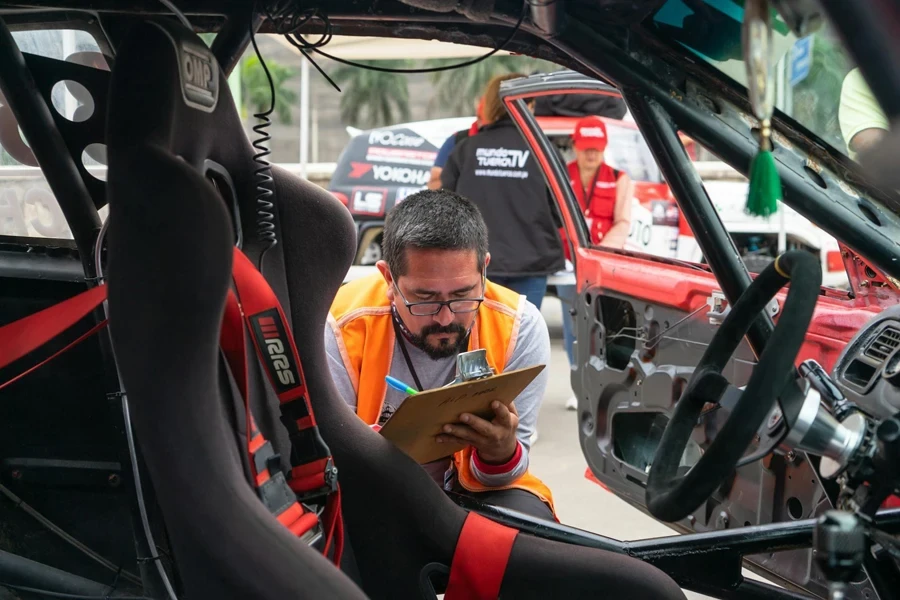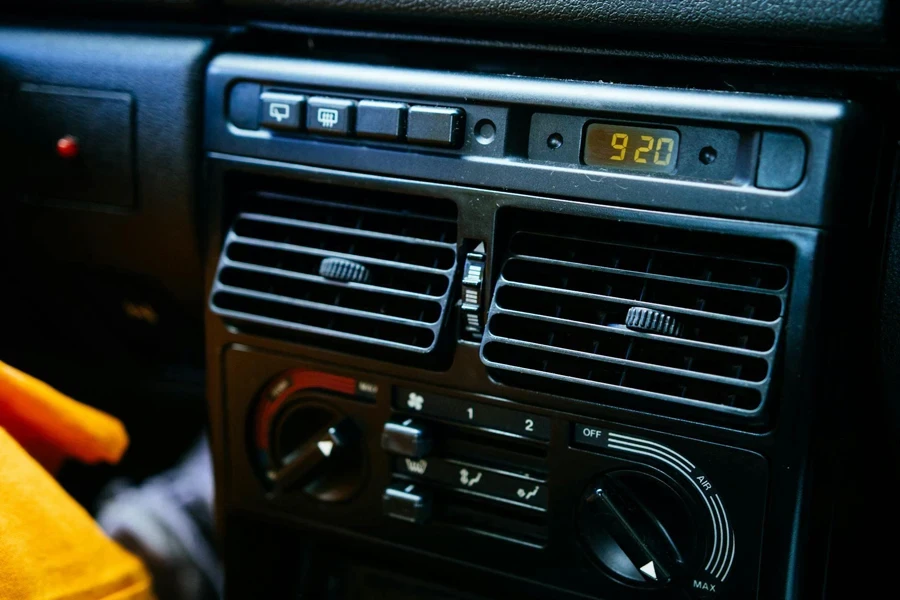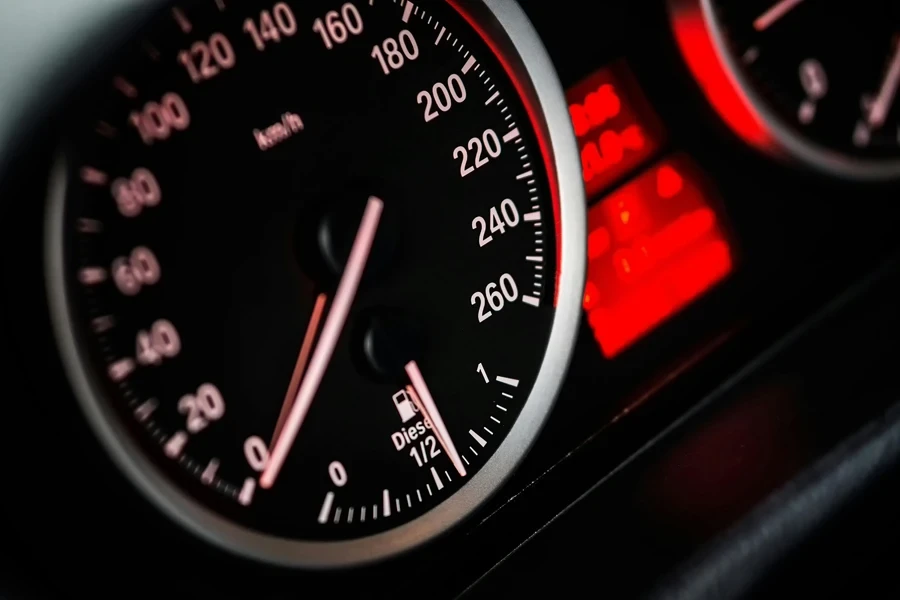Table of Contents
● Introduction
● Market overview
● Different types and their features
● Things to consider when selecting car black boxes
● Conclusion
Introduction
Car black boxes, or Event Data Recorders (EDRs), are crucial devices that capture essential data during a collision, significantly enhancing vehicle safety and aiding in accident reconstruction. These devices not only help improve driver behavior through insurance telematics but also provide valuable insights for manufacturers and regulatory bodies. With the market for EDRs expanding, understanding their types and features is key to making informed decisions. By evaluating compatibility, data accuracy, and regulatory compliance, buyers can select the right black box to maximize safety and cost-efficiency. Investing in a reliable EDR is a strategic move for both safety-conscious drivers and forward-thinking insurers.
Market overview
The car black box market is currently valued at approximately USD 1.8 billion and is expected to continue its upward trajectory, reaching USD 3.2 billion by 2027, according to Markets and Markets. This market is experiencing a robust compound annual growth rate (CAGR) of 6.5% over recent years. This growth is driven by increasing demand for enhanced vehicle safety and more accurate accident data for insurance claims. Additionally, regulatory mandates in various regions, requiring the installation of Event Data Recorders (EDRs) in new vehicles, are significantly contributing to market expansion. These regulations ensure that critical data such as speed, brake status, and throttle percentage are recorded to improve post-accident analysis and driver safety measures. Technological advancements are playing a crucial role in shaping the market dynamics. Innovations in data accuracy, real-time monitoring, and the integration of telematics systems have greatly enhanced the functionality and reliability of car black boxes. These advancements have made EDRs more attractive to both vehicle manufacturers and consumers, who are increasingly aware of the benefits of having detailed data during accidents.
As technology continues to evolve, the market for car black boxes is poised to expand even further, highlighting their growing importance in vehicle safety and insurance sectors. Recent technological advancements have been pivotal in driving market changes. Enhanced features such as better data storage, improved durability, and the ability to capture a wider range of metrics are making EDRs indispensable. The growing adoption of telematics-based black boxes, which provide real-time data transmission and driver behavior monitoring, is also propelling market growth. These devices offer significant benefits for both drivers and insurers, including potential savings on insurance premiums and the promotion of safer driving habits. According to Markets and Markets, the telematics segment within the car black box market is projected to grow at a CAGR of 7.8% through 2027. This integration of advanced technologies is expected to contribute significantly to the overall market’s expansion, ensuring that car black boxes remain a critical component of modern automotive safety systems. This evolving landscape underscores the increasing importance of car black boxes in enhancing vehicle safety and providing valuable data for insurance and accident analysis.

Different types and their features
Standard EDRs
Standard Event Data Recorders (EDRs) are widely used across various vehicle brands for their basic yet essential functionality. These devices are designed to record fundamental data such as speed, brake status, and throttle percentage. Typically integrated into the vehicle’s airbag control module, standard EDRs activate upon collision to capture critical data moments before the impact. This information is crucial for accident reconstruction, providing valuable insights into the vehicle’s dynamics at the time of the crash. According to [the source article’s website name], these devices are essential in enhancing vehicle safety and aiding insurance claims by offering a clear picture of the events leading up to an accident.
Advanced EDRs
Advanced EDRs go beyond the capabilities of standard models by capturing a broader range of data. These devices record additional parameters such as steering input, anti-lock braking system (ABS) activity, and engine RPM, providing a more comprehensive analysis of the vehicle’s behavior. Enhanced features enable the collection of detailed information that is crucial for in-depth accident investigations and vehicle safety assessments. According to [the source article’s website name], the advanced EDR market is growing as manufacturers and consumers demand more sophisticated data collection to improve safety features and driving performance. The added functionalities of these devices make them indispensable tools for both automotive engineers and accident reconstruction specialists.

Telematics-based black boxes
Telematics-based black boxes represent the latest advancement in EDR technology, integrating seamlessly with insurance policies and offering real-time data transmission. These devices monitor driver behavior, including speed, acceleration, and braking patterns, to provide insurers with detailed reports that can influence premium calculations. According to [the source article’s website name], telematics-based black boxes promote safer driving habits by offering incentives such as lower insurance rates for good driving behavior. This real-time monitoring capability not only enhances safety but also provides drivers with feedback on their driving performance, encouraging continuous improvement.
Color and design variations
Car black boxes come in various colors and designs, primarily for visibility and branding purposes. Unlike the standard black color often associated with these devices, many automotive black boxes are designed to be silver or other colors to comply with manufacturer-specific standards and improve visibility. According to [the source article’s website name], the choice of color and design can also reflect the branding of the vehicle manufacturer and ensure that the devices are easily identifiable during inspections or maintenance. The variation in design helps in integrating the black box more seamlessly into the vehicle’s existing systems.
Compliance with manufacturer-specific standards
Manufacturers adhere to strict standards to ensure the reliability and durability of car black boxes. These standards dictate various aspects of the device, including data recording capabilities, durability under extreme conditions, and integration with other vehicle safety systems. According to [the source article’s website name], compliance with these standards is crucial for maintaining the integrity and effectiveness of the data recorded by the EDRs. Ensuring that black boxes meet manufacturer-specific standards not only enhances their performance but also ensures they provide accurate and reliable data in the event of a collision.

Things to consider when selecting car black boxes
Compatibility
When selecting a car black box, ensuring compatibility with the vehicle make and model is crucial. Different vehicles may require specific types of Event Data Recorders (EDRs) that integrate seamlessly with their existing systems. According to [the source article’s website name], it is important to verify that the black box can be easily installed and will function correctly with the vehicle’s electronic architecture. Additionally, check for the availability of necessary tools for data retrieval, as some EDRs may require specialized equipment to access and analyze the recorded data effectively. It’s also essential to consider the compatibility of software used for data analysis, ensuring it supports the specific EDR model. Consulting with the vehicle manufacturer or a professional installer can provide insights into the best compatible options for the car, ensuring optimal functionality and reliability.
Data accuracy
The accuracy of the data recorded by the EDR is paramount for reliable accident reconstruction and insurance assessments. Accurate data recording of speed, brake status, throttle percentage, and other critical metrics ensures that the information can be used effectively for legal and safety purposes. According to [the source article’s website name], reliable data is essential for insurance companies to assess claims accurately and for engineers to improve vehicle safety systems. Inaccurate data can lead to faulty conclusions, affecting insurance settlements and safety analyses. Therefore, selecting an EDR known for its precision and reliability is vital for obtaining trustworthy data during collisions. Look for EDRs that meet or exceed industry standards and have been tested for accuracy and reliability under various conditions. Advanced features such as GPS integration can also enhance data accuracy by providing precise location information.

Ease of installation
The ease of installation is another important factor to consider when choosing a car black box. While some EDRs can be installed by the vehicle owner, others may require professional installation to ensure proper integration with the vehicle’s systems. According to [the source article’s website name], professional installation can help avoid issues that might affect the vehicle’s warranty or integrity. DIY installation, although cost-effective, may not provide the same level of assurance and could lead to improper functioning of the device, potentially compromising the quality of the recorded data. It’s crucial to follow the manufacturer’s installation guidelines meticulously if opting for a DIY approach. Additionally, professional installers can ensure that the EDR is correctly calibrated and integrated with other vehicle safety systems, enhancing its effectiveness and reliability.
Cost vs. benefits
When evaluating the cost of a car black box, it is essential to consider both the initial expense and the long-term savings. While the upfront cost of the device and installation can be significant, the potential savings on insurance premiums due to improved safety records and accurate data can offset these costs over time. According to [the source article’s website name], many insurance companies offer discounts and benefits to drivers who install telematics-based black boxes, which monitor and promote safer driving habits. This cost-benefit analysis is crucial for making an informed decision that aligns with financial and safety priorities. Furthermore, the data from EDRs can provide valuable insights into driving behaviors, helping to identify areas for improvement that can lead to safer driving practices and potentially lower maintenance costs.
Legal and regulatory compliance
Understanding and complying with local regulations and requirements is essential when selecting a car black box. Different regions have specific rules regarding the installation and data recording capabilities of EDRs. According to [the source article’s website name], ensuring that the chosen device meets these regulatory standards is necessary to avoid legal issues and ensure that the data collected is admissible in court if needed. Compliance with these regulations not only protects the vehicle owner from potential legal repercussions but also guarantees that the EDR functions correctly and provides valuable data for safety and insurance purposes. It is advisable to stay updated on any changes in regulations that might affect the use of EDRs, as non-compliance could lead to fines or invalidation of insurance claims. Consulting with legal experts or regulatory bodies can provide clarity on the requirements and help ensure that an EDR setup is fully compliant.

Conclusion
Car black boxes are invaluable for enhancing vehicle safety and optimizing insurance costs. Understanding the market trends, such as the growing valuation and advancements in EDR technology, is crucial for making informed purchasing decisions. Different types of EDRs, including standard, advanced, and telematics-based black boxes, offer various features that cater to specific needs. Ensuring compatibility with the vehicle, assessing data accuracy, and considering the ease of installation are essential steps in selecting the right EDR. Additionally, weighing the initial costs against long-term benefits, such as potential insurance premium reductions and the promotion of safer driving habits, can provide significant financial advantages.
Legal and regulatory compliance is another critical aspect to consider when choosing a car black box. Staying informed about local regulations ensures that the EDR that has been selected is admissible in legal settings and meets all necessary standards. This compliance not only protects from potential legal issues but also guarantees that the device functions correctly and reliably. By thoroughly evaluating these factors, buyers can invest in the most suitable and effective automotive technology, leading to improved safety, accurate accident reconstruction, and optimized insurance costs. Adopting car black boxes ultimately benefits drivers, insurers, and manufacturers by providing critical collision data and promoting safer driving practices.




